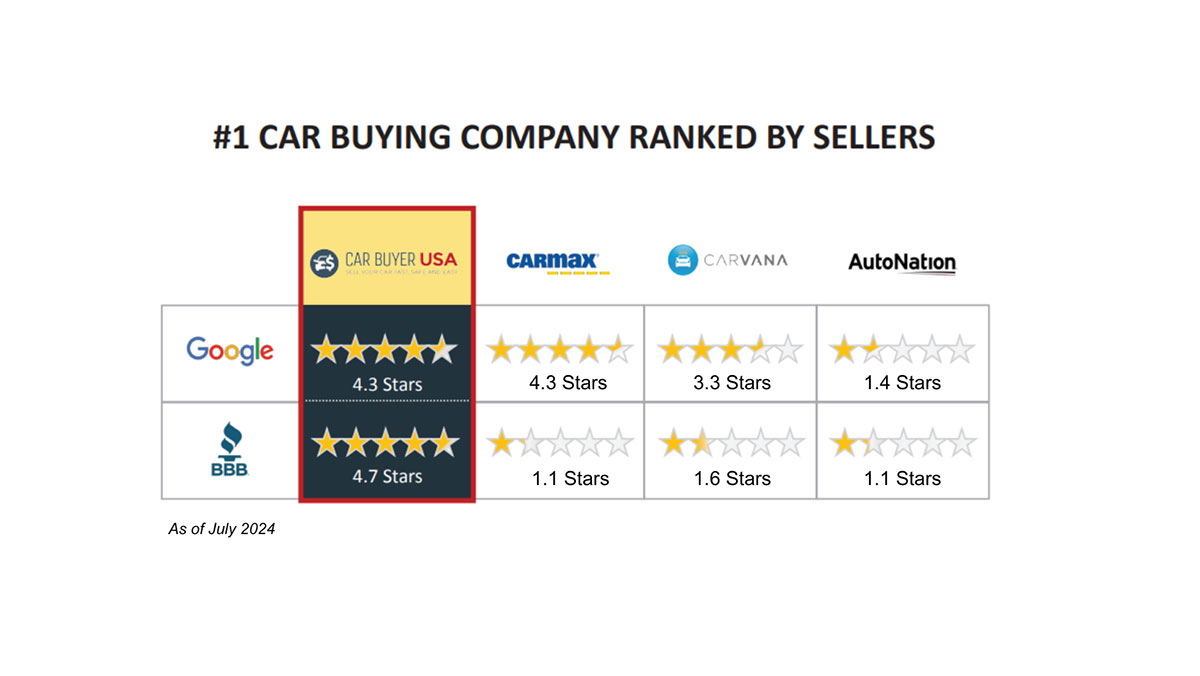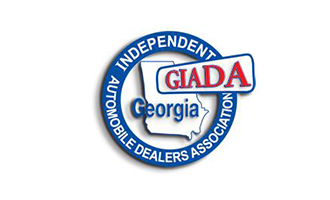
Kelley Blue Book (KBB) is one of the most well-known and trusted sources for vehicle valuations in the United States. Founded in 1926, KBB has earned a reputation as the go-to resource for buyers and sellers looking to gauge the value of a car. However, despite its longstanding credibility, KBB values may not always be the most reliable or accurate. In many cases, relying solely on KBB can lead to over-estimations or underestimations of a vehicle's true market value. This article will explore why consumers gravitate toward KBB and the pitfalls they should be aware of when using it.
The trust placed in Kelley Blue Book stems largely from its history and ubiquity. For nearly a century, KBB has been synonymous with car valuation, making it a household name. Its long-standing presence creates an image of reliability and authority, which has solidified its place as the first choice for many consumers. Additionally, the KBB website offers an easy-to-use interface that allows users to quickly enter vehicle details and receive an estimated value within minutes. The simplicity and convenience of this process make it accessible even for those with limited automotive knowledge. Another reason consumers flock to KBB is its connection with dealerships. Many car dealerships use KBB values when offering trade-in quotes, which further enhances its credibility in the eyes of buyers and sellers. As a result, consumers feel confident in using a tool that is seemingly accepted by professionals in the auto industry.
Despite its widespread use and trust, KBB values are not infallible. One key issue with KBB is that its valuations are largely based on algorithms and general data rather than real-time market conditions. KBB aggregates data from a wide range of sources, including dealerships, auctions, and private sales, but it doesn't always reflect local market trends or account for regional price variations. This can lead to a significant discrepancy between the KBB estimate and what a vehicle might actually sell for in a particular location. Additionally, KBB’s data inputs may not fully capture the nuances of a car's condition, mileage, or specific options. For instance, two cars of the same make, model, and year may have vastly different values depending on their condition and history. KBB relies on general assumptions about a car’s condition—whether it's "excellent," "good," or "fair"—which can be too broad to account for real-world wear and tear.
Moreover, there’s a potential conflict of interest when it comes to KBB’s partnership with auto dealers. Some critics argue that KBB tends to inflate trade-in values or downplay private party sale values to benefit dealerships. This means that consumers who rely solely on KBB may end up getting less for their car than it’s actually worth in a private sale or overpaying for a vehicle from a dealer. While KBB may be the most popular, it’s not the only game in town. Other valuation tools, such as Edmunds, NADA Guides, and TrueCar, offer similar services with their own algorithms and data sources. Some of these alternatives may even provide more accurate or region-specific valuations, making them worth exploring. Consumers can also look at local classified listings, auction results, or consult with independent appraisers to get a more accurate read on a vehicle’s worth.
KBB remains a trusted resource for many consumers, but it’s important to recognize that its valuations should be taken with a grain of salt. Market conditions, local demand, and the unique condition of a vehicle are all factors that KBB’s broad algorithms may not fully capture. To get the most accurate estimate of a car’s value, it’s wise to consult multiple sources, including local listings and alternative valuation tools. Ultimately, while KBB is a great starting point, it shouldn’t be the sole determinant of a car's worth.


